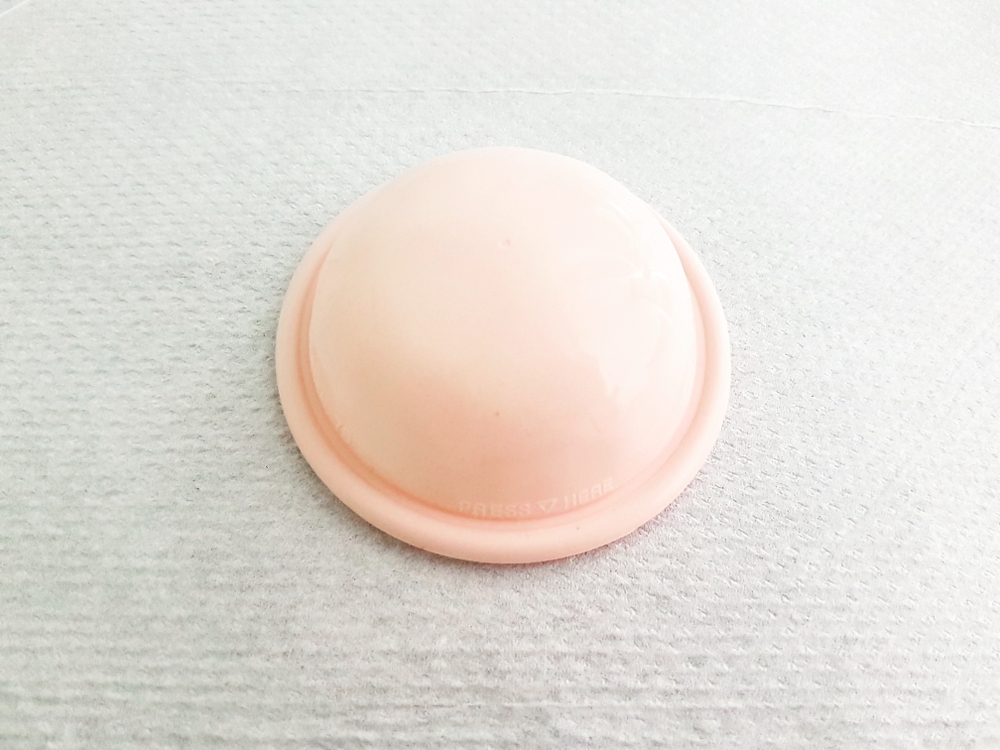
Cervical cap, abbreviated as cervical cap, is a contraceptive tool made of silicone rubber, similar to a small vaginal diaphragm, which can be sleeved on the cervix to prevent semen from entering the uterus, thus achieving the purpose of contraception. According to different structures, cervical caps can be divided into [closed] and [valve] two types. The cervical cap described in this article refers to the closed cervical cap.
The pregnancy rate of cervical cap is 8% ~ 16% for one year, most of which are caused by not insisting on using or placing mistakes. Spermicide can reduce the pregnancy rate of cervical cap slightly. If retained for too long, malodorous secretions will be produced and genital tract infection may also be caused.
It is suitable for women who voluntarily choose this method to avoid pregnancy. After eliminating contraindications, cervical cap contraception can be selected.
Advantages:
1) The indwelling time is longer than that of penis sleeve and vaginal diaphragm, so as to avoid temporary placement and removal before and after sexual intercourse and not interfere with sexual intercourse.
2) Cervical cap can still be used for patients with mild uterine prolapse, vaginal wall relaxation or mild swelling that are not suitable for using vaginal diaphragm.
3) According to the shape characteristics and size design of women’s cervix in our country, it is worn on the cervix with thin and soft top, no direct contact with cervical tissue, and no foreign body sensation during sexual intercourse.
4) the inner cavity of the cap has a certain capacity to accommodate secretions; The inner ring of the brim is smooth and the cervix of the user is free of indentation. There was no ectopic after 1 ~ 3 days of indwelling.
5) it is not easy to deform, and can be repeatedly boil and sterilized, and one can be used for more than 2 years.
6) Long-term use has certain protective effect on cervix, such as improving chronic cervicitis and reducing the incidence rate of cervical cancer.
Disadvantages:
1) The risk of failure of cervical cap contraception for pregnant women is higher than that for non-pregnant women.
2) It is not suitable to use within 6 weeks after abortion in the second trimester.
3) Chronic abnormal cervical anatomy, cervical intraepithelial neoplasia and cervical cancer should not be used.
4) Excessive obesity may make it difficult to place the cervical cap.
How to use it correctly?
1) accord to that condition of the cervix, the appropriate model is selected; Different sizes of cervical caps can be used for trial placement, and models with cap edges that can cling to the periphery of the cervix and generate certain negative pressure can be selected.
2) Position: Take the standing position of squatting, sitting, half lying or stepping on the stool with one foot, with two legs separated.
3) separate that labia with one hand, and pinch the edge of the cervical cap with the other hand so that the opening is toward the cervix.
4) Push inward along the posterior wall of vagina and cover the cervix.
5) gently squeeze on that top of the cervical cap to squeeze out the air in the cap to generate negative pressure.
6) A complete examination of that finger along the circumference of the cap for one week to make sure that the cervix is completely covered.
7) 8 to 12 hour after sexual intercourse, that finger enter the vagina, the suction force is released under the brim of the cap, and the suction force is taken out.
8) clean, wipe dry, and set aside.
What are the contraindications and precautions for use
Contraindications:
1) Abnormal anatomical structure of cervix, such as vaginal septum, too short or too long cervix, severe laceration of cervix, etc.
2) Cervical infection is not cured, such as acute vaginitis, cervicitis or pelvic infection before cure
3) Cervical operation within 6 weeks, such as cervical biopsy or cryotherapy, etc.
4) allergy to silicone rub or spermicide
5) Unable to master the skill of placing cervical cap
Note:
1) Repeated practice before formal use by the first user until the operation is proficient and confident
2) It should be placed at least half an hour in advance before sexual intercourse, and the retention time should preferably not exceed 24 hours. Domestic S-117 can be retained for 1-3 days.
3) Before placing the cervical cap, put some spermicide in the cap, but should not exceed 1/2 of the cap cavity, so as not to affect the formation of negative pressure and lead to contraceptive failure.
4) After giving birth, women should choose the appropriate model again.
